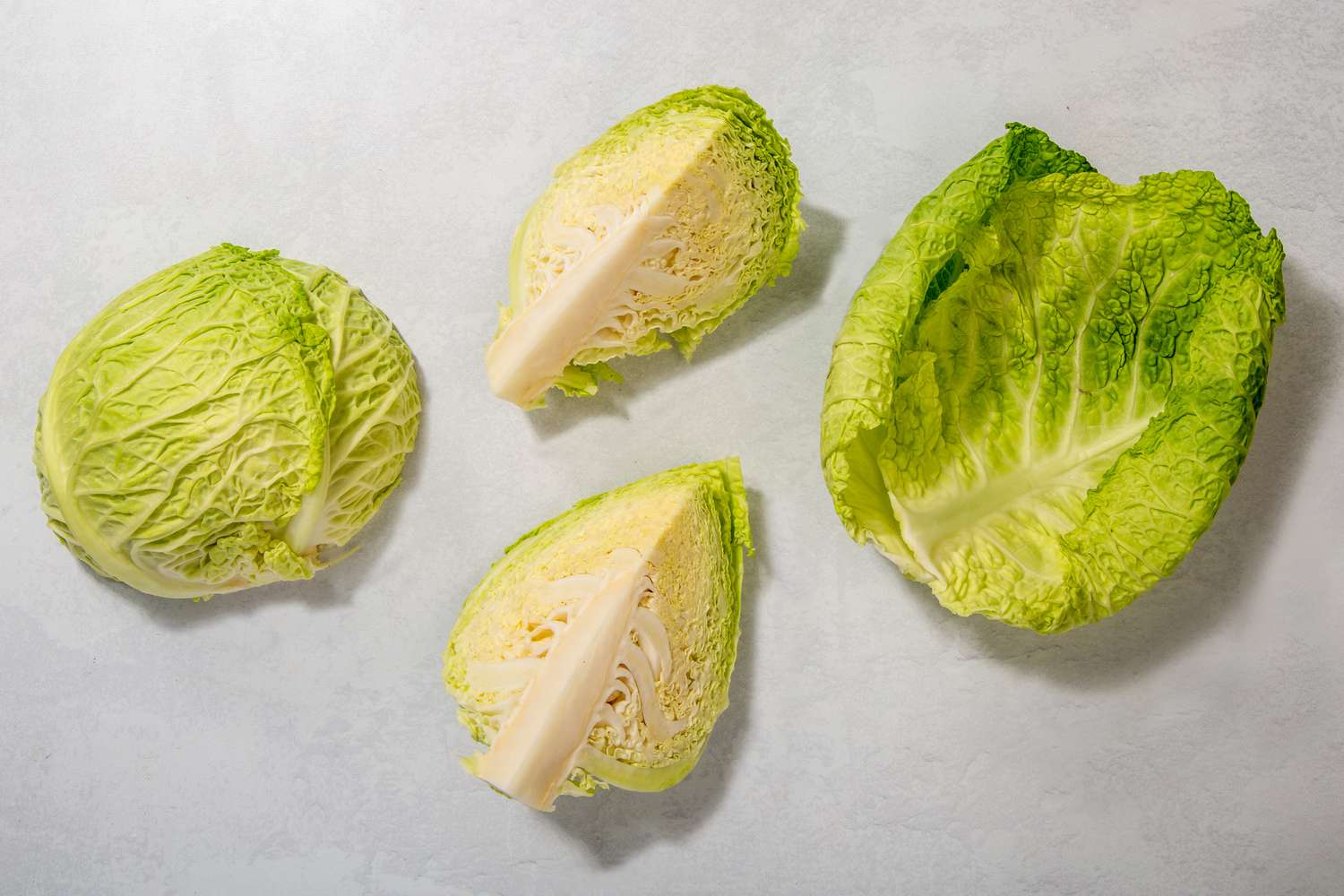

Articles
How To Store Cabbage Once Cut
Modified: September 1, 2024
Learn how to store cabbage once cut in this helpful article. Find tips and tricks to keep your cabbage fresh and prevent spoilage.
(Many of the links in this article redirect to a specific reviewed product. Your purchase of these products through affiliate links helps to generate commission for Storables.com, at no extra cost. Learn more)
Introduction
When it comes to cooking, cabbage is a versatile and nutritious ingredient that can be used in a variety of dishes. However, once you’ve cut a cabbage and only need to use a portion of it, it’s important to store the remaining cabbage properly to ensure it stays fresh and retains its flavor.
In this article, you’ll learn how to store cabbage once it has been cut. By following these simple steps, you can keep your cabbage fresh for longer, minimizing waste and maximizing its usability in your future recipes.
Whether you’re meal prepping for the week or have leftover cabbage from a previous meal, these storage techniques will help you preserve the quality of your cabbage, preventing it from wilting or spoiling prematurely.
So, let’s dive into the steps and guidelines for storing cut cabbage!
Key Takeaways:
- Store cut cabbage in an airtight container in the refrigerator at 32°F to 40°F to maintain its freshness and crispness. Use within a few days for optimal flavor and texture.
- Clean, dry, and cut cabbage into desired pieces before storing in an airtight container. Refrigerate at the right temperature and use within a few days for best results.
Read more: How To Store Cut Cabbage In The Refrigerator
Step 1: Choose a Fresh Cabbage
The first and most crucial step in storing cut cabbage is to start with a fresh cabbage. Look for cabbages that have crisp, vibrant leaves without any signs of browning or wilting.
When selecting a cabbage, opt for one that feels firm and heavy for its size. This indicates that the cabbage is fresh and full of moisture. Avoid cabbages that feel soft or have any mushy spots as these are signs of decay.
It’s also important to inspect the outer leaves of the cabbage. They should be intact and free from any yellowing or discoloration. If you notice any damaged or discolored leaves, simply remove them before storing the cabbage.
By starting with a fresh and healthy cabbage, you are setting the foundation for successful storage and ensuring that your cut cabbage stays fresh and flavorful for as long as possible.
Step 2: Clean the Cabbage Thoroughly
Before cutting the cabbage, it’s essential to clean it thoroughly to remove any dirt, debris, or pesticides that may be present on the outer leaves.
Fill a clean sink or a large bowl with cold water. Immerse the cabbage in the water, and gently swirl it around to dislodge any dirt or impurities. You can also use a vegetable brush to lightly scrub the outer leaves, especially if there are stubborn dirt particles.
After cleaning the cabbage, carefully remove it from the water and pat it dry with a clean kitchen towel or paper towels. It’s important to ensure that the cabbage is completely dry before proceeding to the next step as excess moisture can accelerate spoilage.
By cleaning the cabbage thoroughly before cutting it, you are removing any potential contaminants, allowing for safer consumption and better storage outcomes.
Step 3: Cut the Cabbage into Desired Pieces or Shreds
Once you have a clean and dry cabbage, it’s time to cut it into the desired pieces or shreds. The way you cut the cabbage will depend on your recipe or personal preference.
If you plan to use the cabbage for salads or coleslaw, it’s common to shred it into thin strips. Start by removing the tough outer leaves and cut the cabbage in half. Lay each half flat-side down and use a sharp knife to slice it into thin shreds. Alternatively, you can use a grater or a mandoline slicer for precise and uniform shreds.
If you prefer larger chunks of cabbage for stir-fries or stews, keep the cabbage halves intact and cut them into wedges or larger pieces as needed.
Remember to use a sharp knife when cutting the cabbage to ensure clean cuts and prevent any unnecessary bruising or damage to the cabbage leaves.
By cutting the cabbage into the desired size and shape, you’ll have ready-to-use portions that can be stored easily and used in various recipes.
After cutting cabbage, store it in a resealable plastic bag or airtight container in the refrigerator. It will stay fresh for up to 1-2 weeks.
Step 4: Store in an Airtight Container
After cutting the cabbage, it’s important to store it in an airtight container to protect it from exposure to air and moisture, which can cause wilting and loss of flavor.
Choose a container that is large enough to accommodate the cut cabbage without overcrowding it. Glass or plastic containers with tight-fitting lids work well for storing cabbage. Make sure the container is clean and dry before adding the cabbage.
Place the cut cabbage in the container, ensuring that there is enough space to prevent crushing or compacting the cabbage. If you have multiple pieces, you can layer them with a sheet of parchment paper or food-safe plastic wrap to prevent them from sticking together.
Close the lid tightly to create an airtight seal. This will help maintain the freshness and crispness of the cabbage, preventing it from drying out or absorbing unwanted flavors from the surroundings.
By storing the cut cabbage in an airtight container, you’re creating a protective barrier that preserves its quality and extends its shelf life.
Read more: How To Store Pomegranate Once Cut
Step 5: Refrigerate the Cabbage
Once your cut cabbage is securely stored in an airtight container, it’s time to refrigerate it to keep it fresh and prevent spoilage.
Place the container of cut cabbage in the refrigerator, ideally in the vegetable crisper drawer or a designated section for storing greens and vegetables. The cool temperature of the refrigerator helps slow down the natural deterioration process, keeping the cabbage crisp and flavorful for longer.
Make sure the refrigerator temperature is set to around 32°F to 40°F (0°C to 4°C). This range provides the optimal conditions for storing cabbage. Avoid storing the cabbage near foods with strong odors, as cabbage can easily absorb those odors and affect its taste.
It’s important to note that cut cabbage will not last as long as a whole cabbage. Aim to use it within a few days to enjoy it at its best quality and flavor. The longer it sits in the refrigerator, the more it will lose its crispness and freshness.
By refrigerating the cut cabbage, you’re creating the ideal environment to prolong its shelf life and maintain its taste and texture.
Step 6: Use within a Few Days
To make the most of your stored cut cabbage, it’s best to use it within a few days to ensure optimal freshness and flavor.
As time passes, even when stored properly, the cut cabbage will naturally start to lose its crispness and vibrancy. It may become slightly wilted and develop a stronger cabbage odor.
Plan your meals accordingly and incorporate the cut cabbage into various recipes within the next few days. Whether it’s adding it to stir-fries, soups, salads, or sautés, there are numerous delicious ways to utilize the cabbage and avoid wasting it.
When using the cut cabbage, inspect it for any signs of spoilage, such as an unusual foul smell, slimy texture, or significant discoloration. If you notice any of these signs, it’s best to discard the cabbage as it may no longer be safe for consumption.
Remember, using the stored cut cabbage within a few days ensures that you enjoy it at its peak freshness, flavor, and nutritional value.
By following these storage guidelines and utilizing the cut cabbage within a few days, you can make the most of this versatile vegetable and minimize food waste.
Conclusion
Storing cut cabbage properly is essential to preserve its freshness and flavor. By following these simple steps, you can extend the shelf life of your cut cabbage and reduce food waste.
Start by selecting a fresh cabbage and thoroughly cleaning it to remove any dirt or contaminants. Cut the cabbage into your desired pieces or shreds, taking care to use a sharp knife for clean cuts. Store the cut cabbage in an airtight container to protect it from air and moisture, and refrigerate it at a temperature of 32°F to 40°F (0°C to 4°C).
Remember to use the cut cabbage within a few days to enjoy it at its best. As time goes on, the cabbage will inevitably lose its crispness and quality.
By implementing these storage techniques, you can make the most of your cut cabbage, ensuring that it remains fresh and flavorful for use in various recipes. Whether you’re making coleslaw, stir-fries, soups, or salads, having properly stored cut cabbage on hand will make meal preparation easier and more convenient.
So, the next time you find yourself with leftover cabbage or need to cut a cabbage in advance, remember these steps to maximize its longevity and taste.
Happy cooking!
Frequently Asked Questions about How To Store Cabbage Once Cut
Was this page helpful?
At Storables.com, we guarantee accurate and reliable information. Our content, validated by Expert Board Contributors, is crafted following stringent Editorial Policies. We're committed to providing you with well-researched, expert-backed insights for all your informational needs.
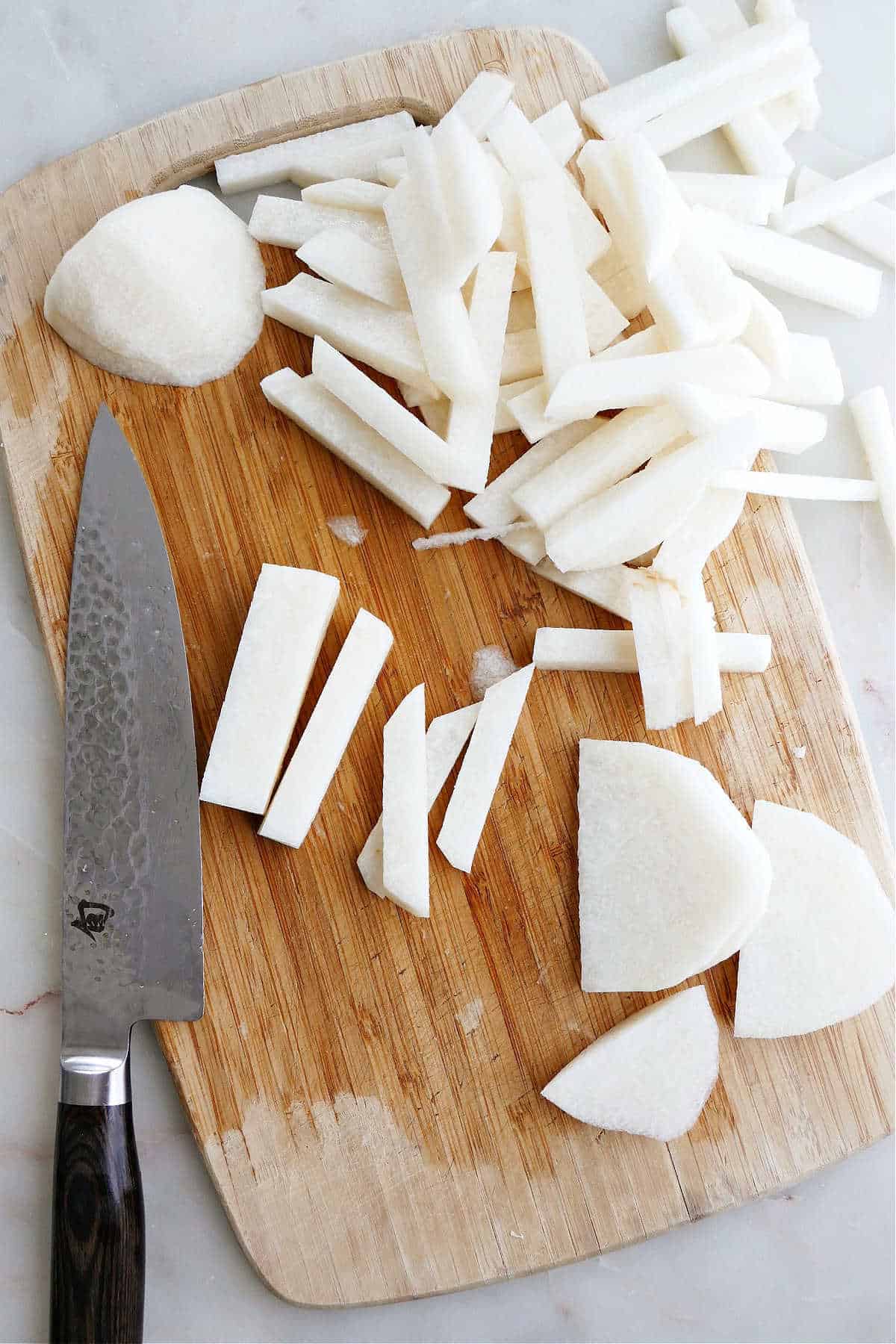
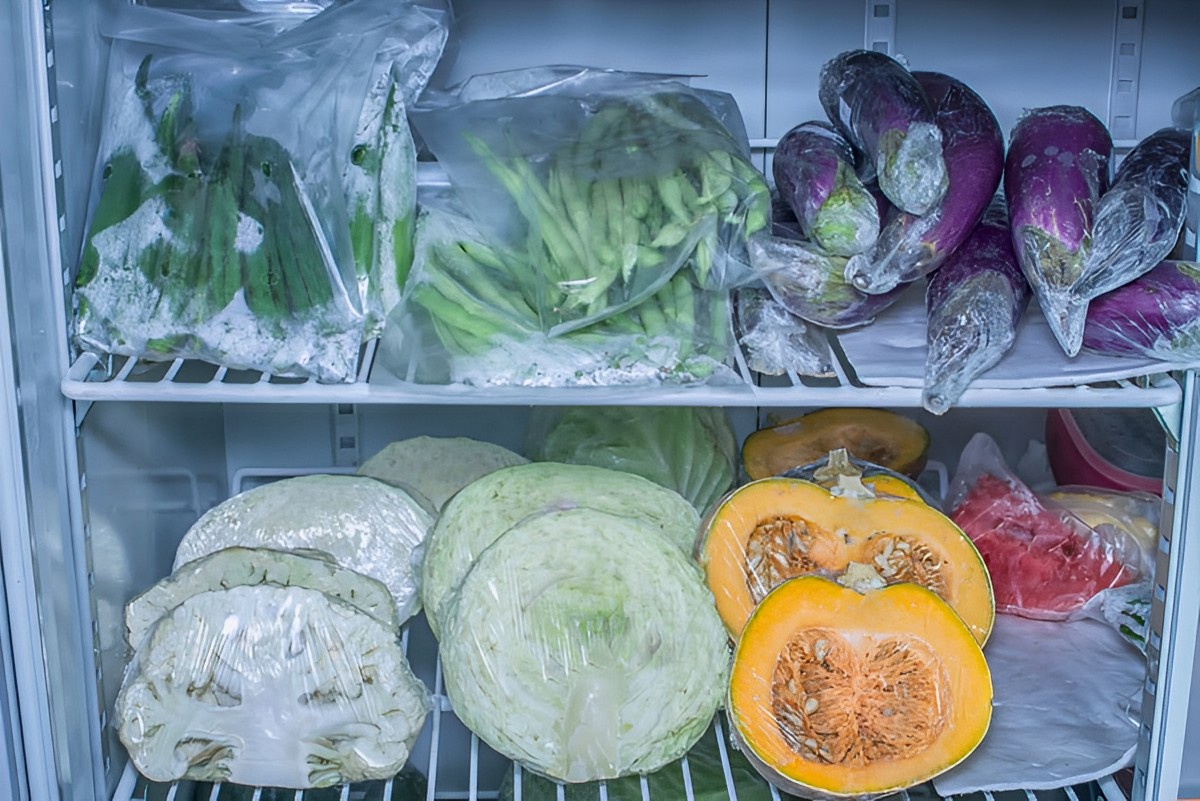
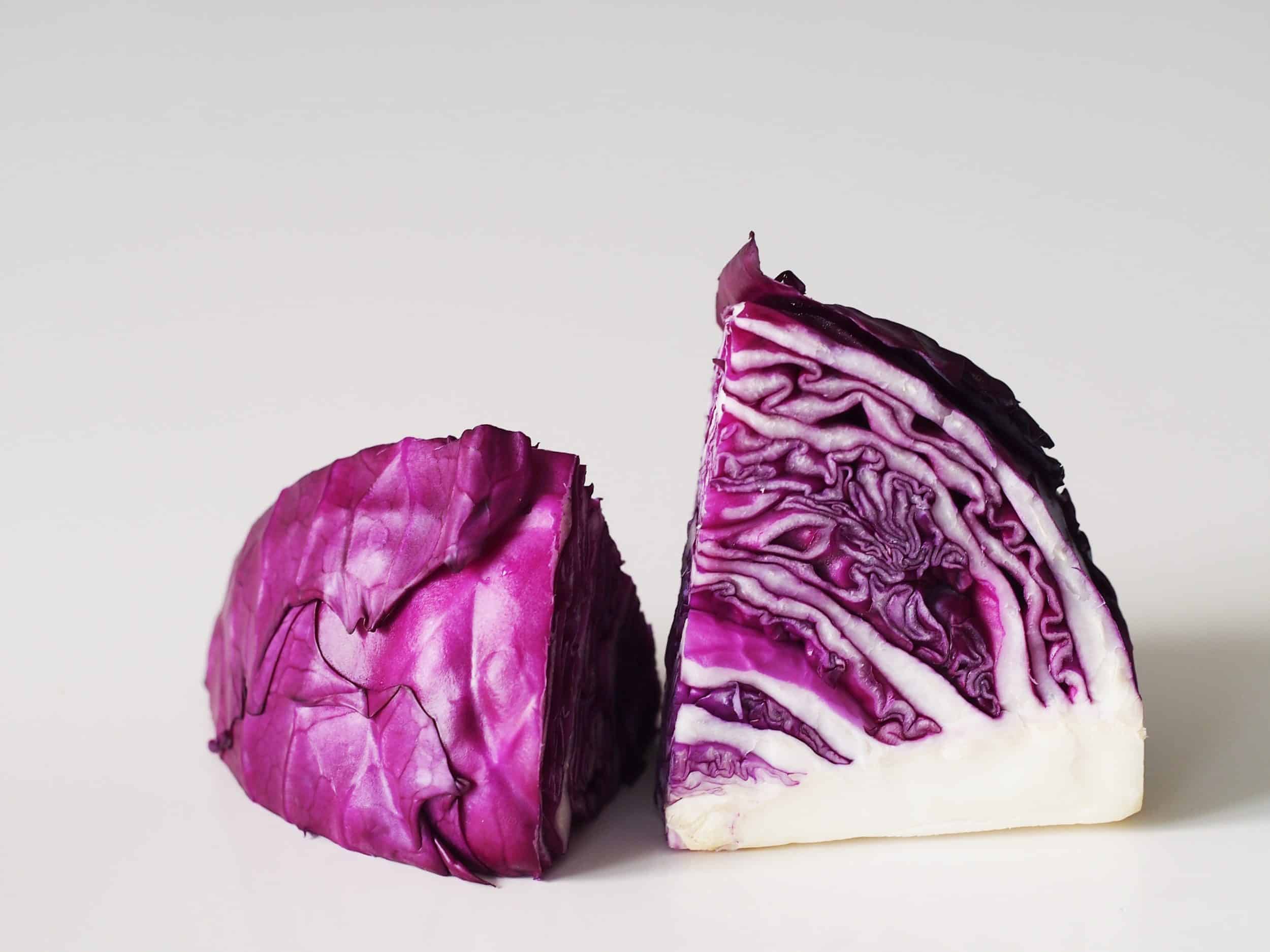
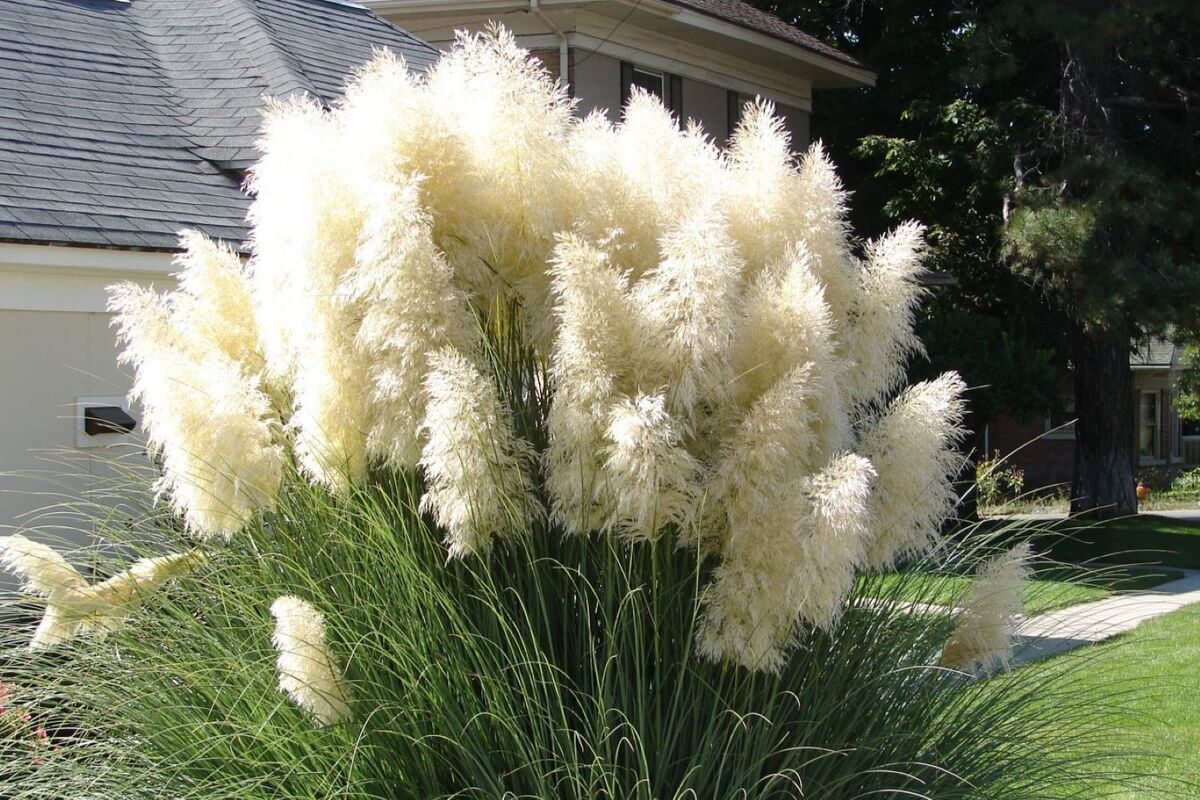
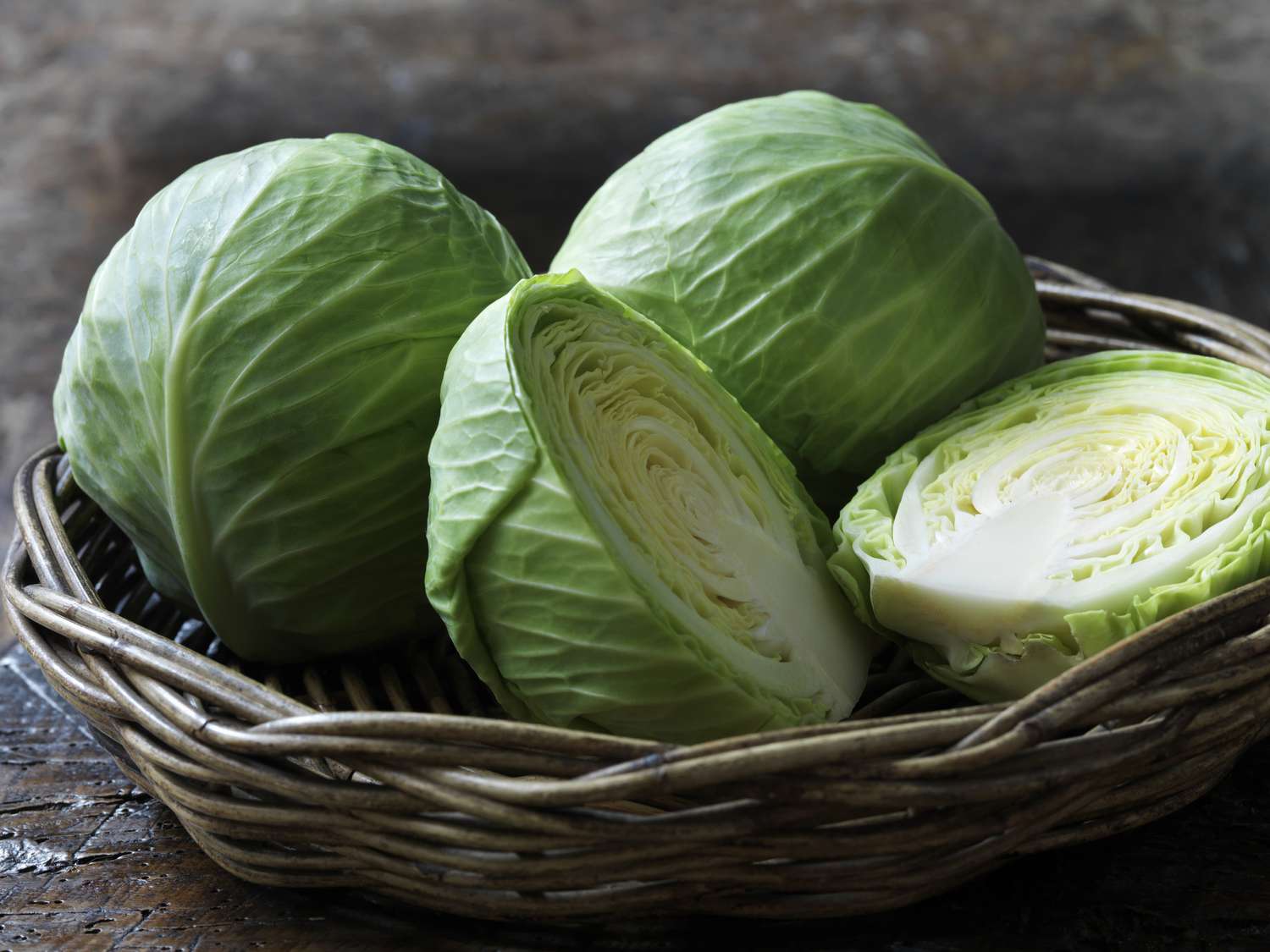
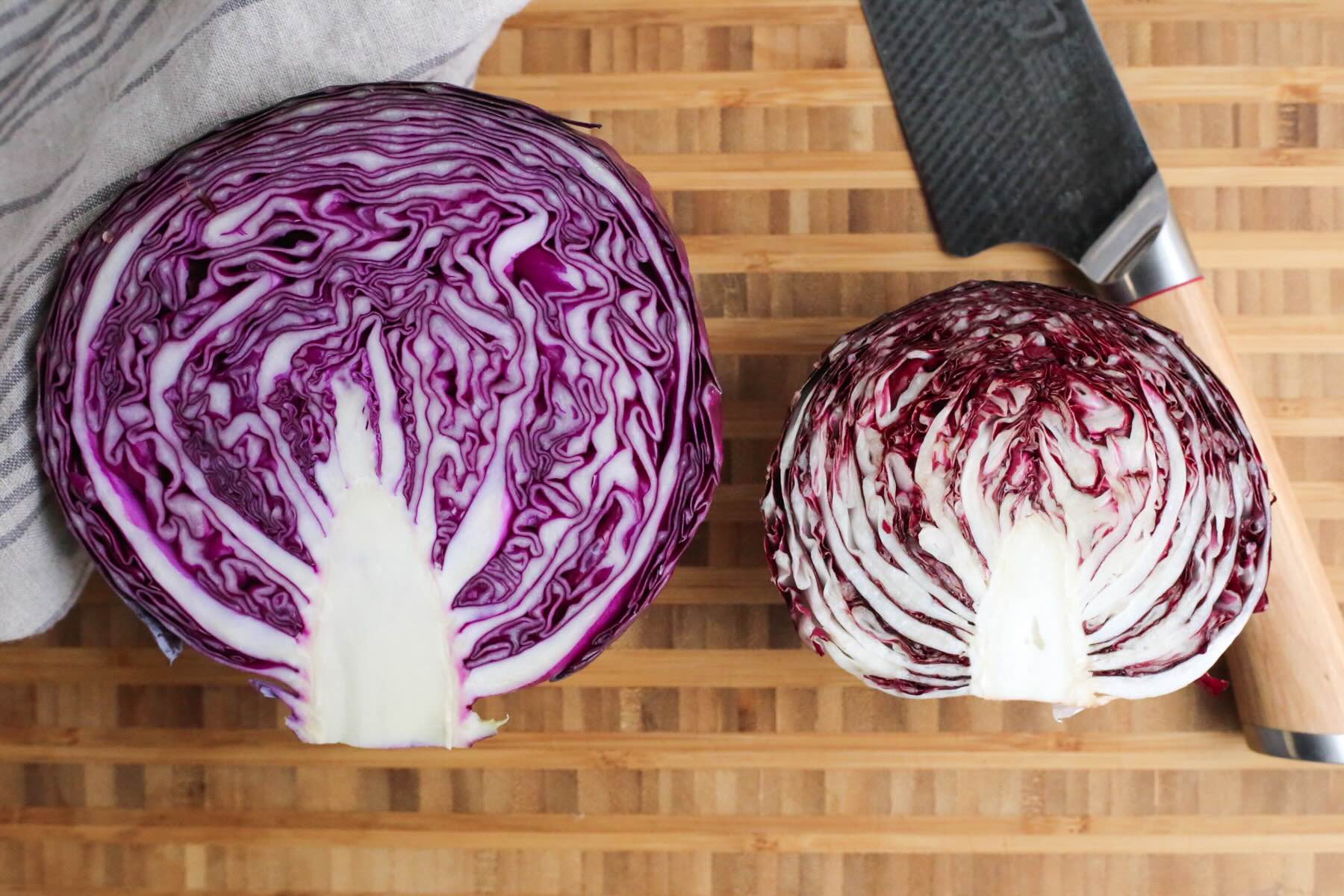
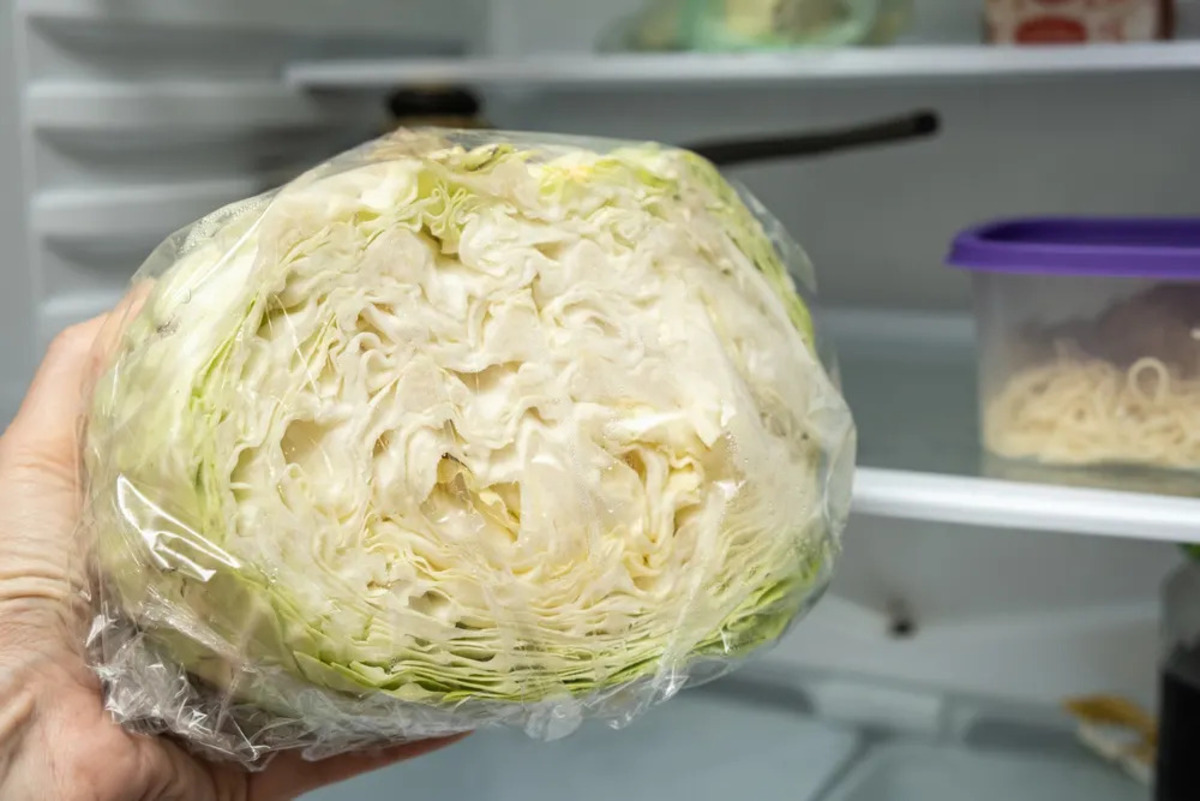
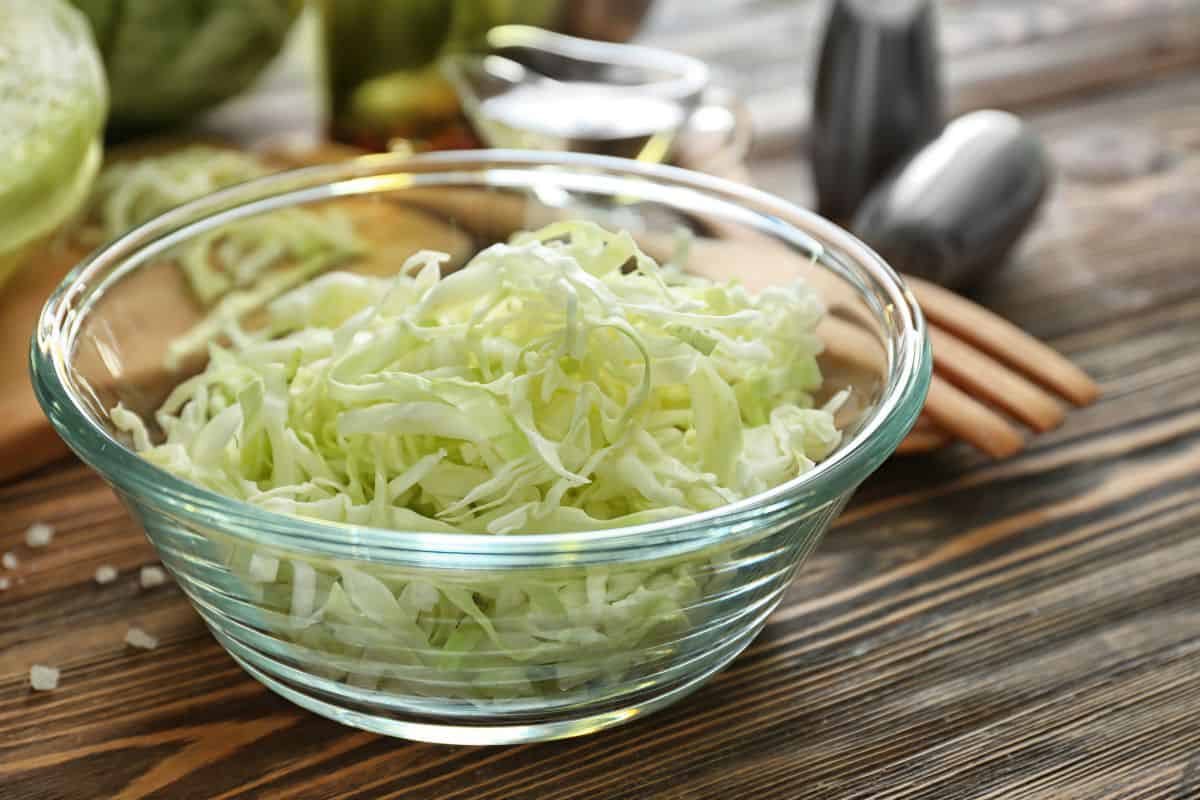
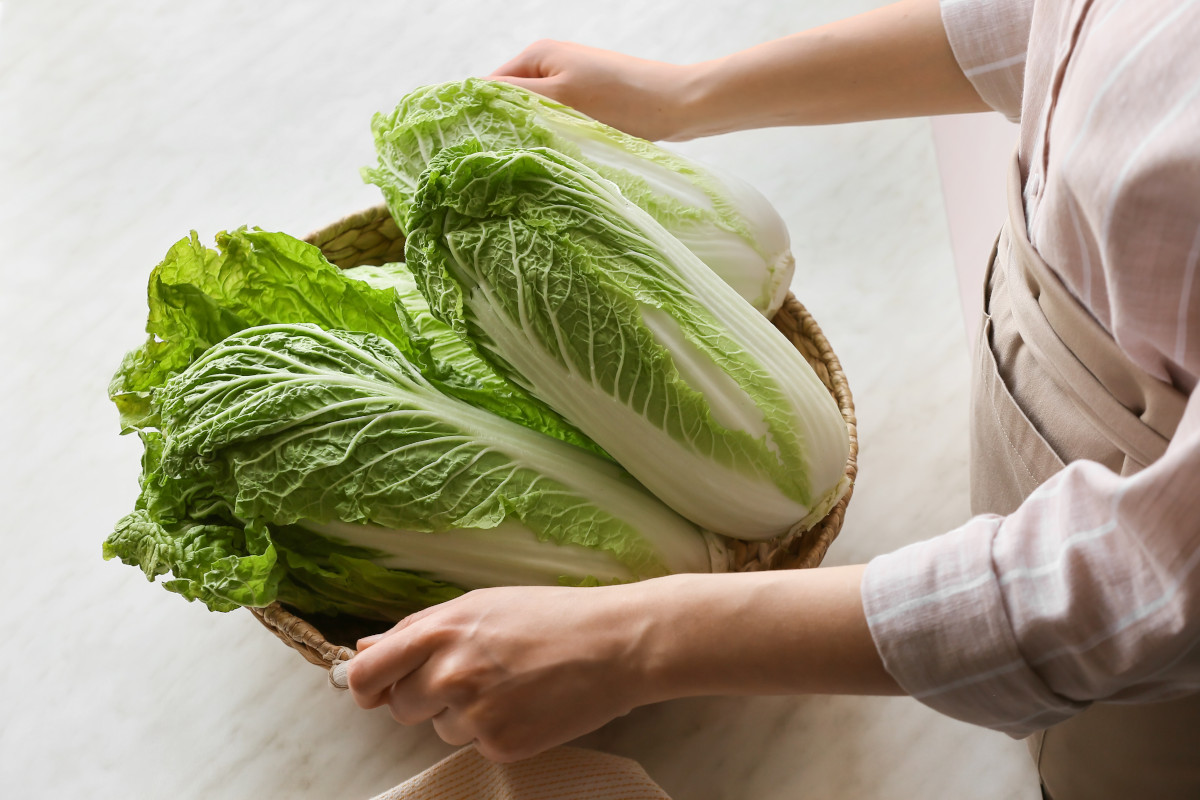
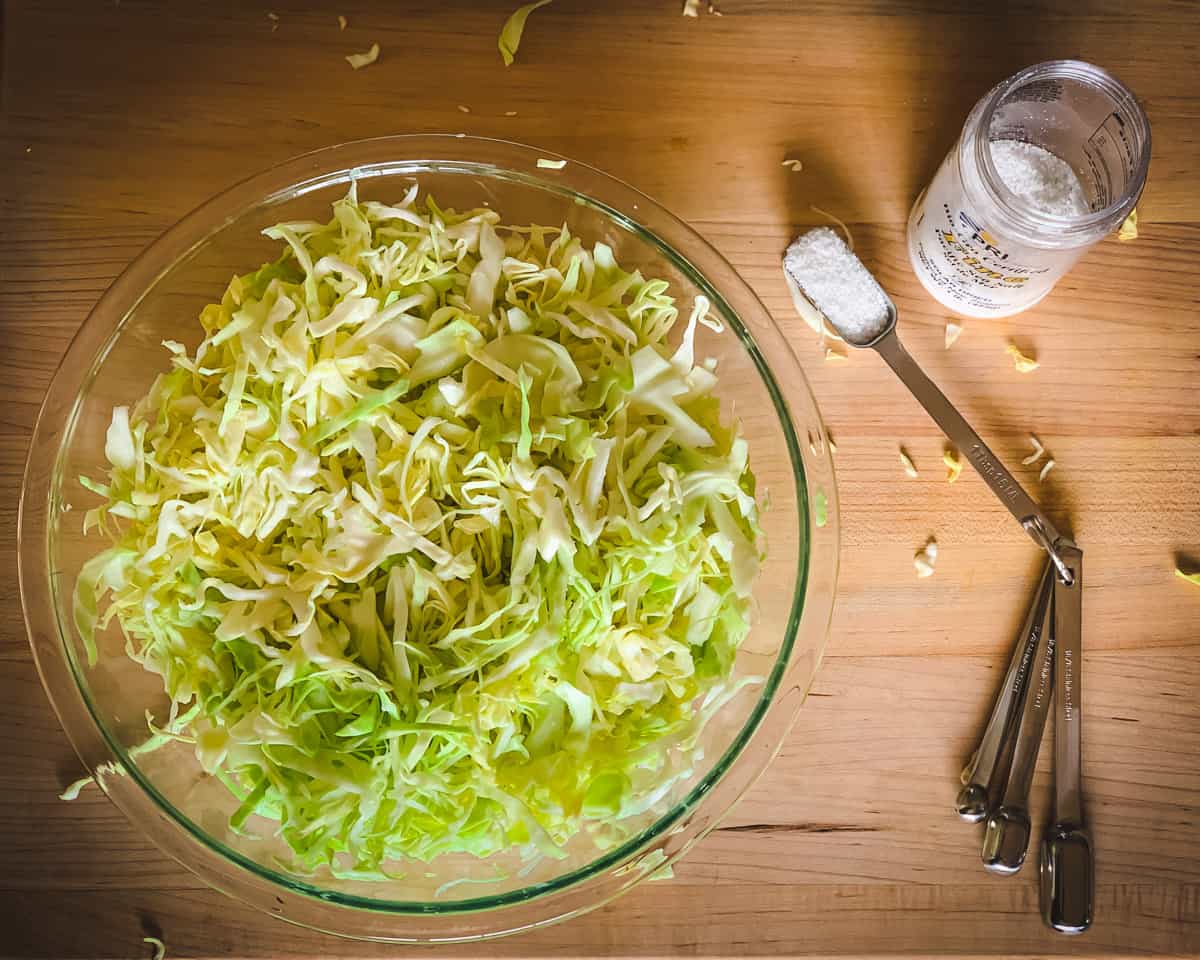
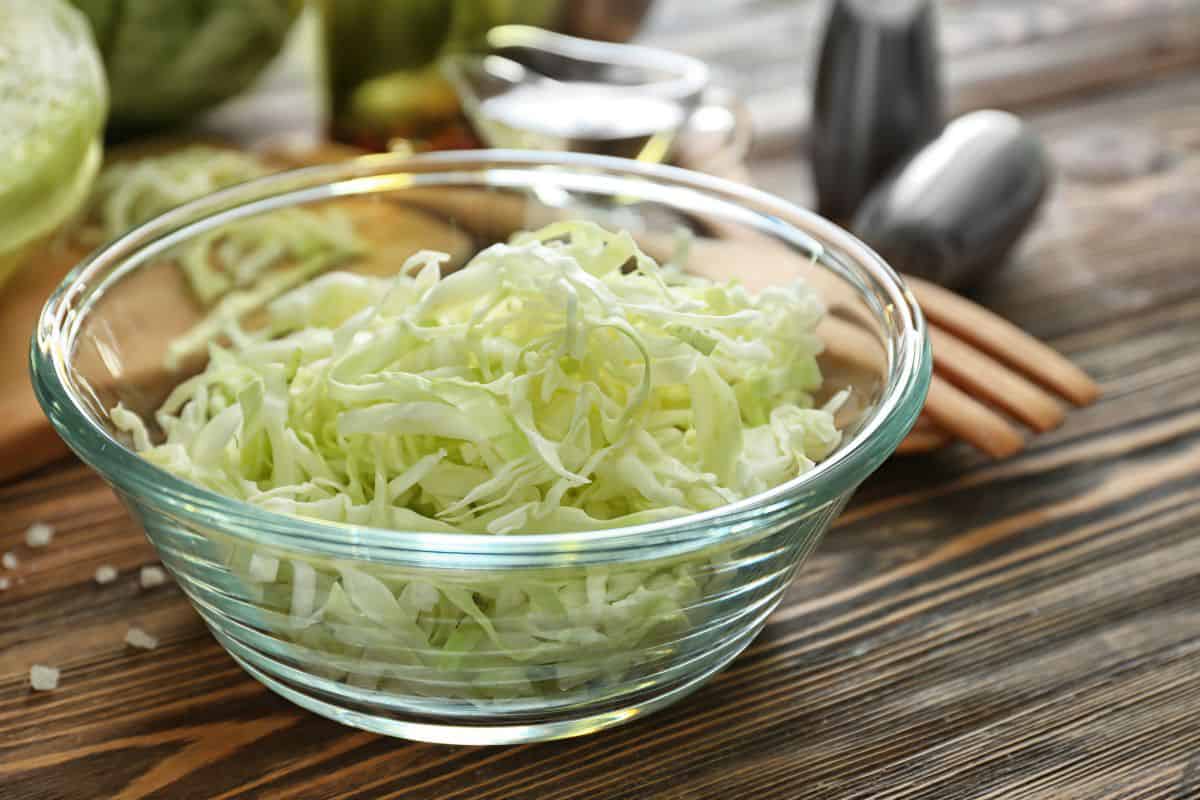


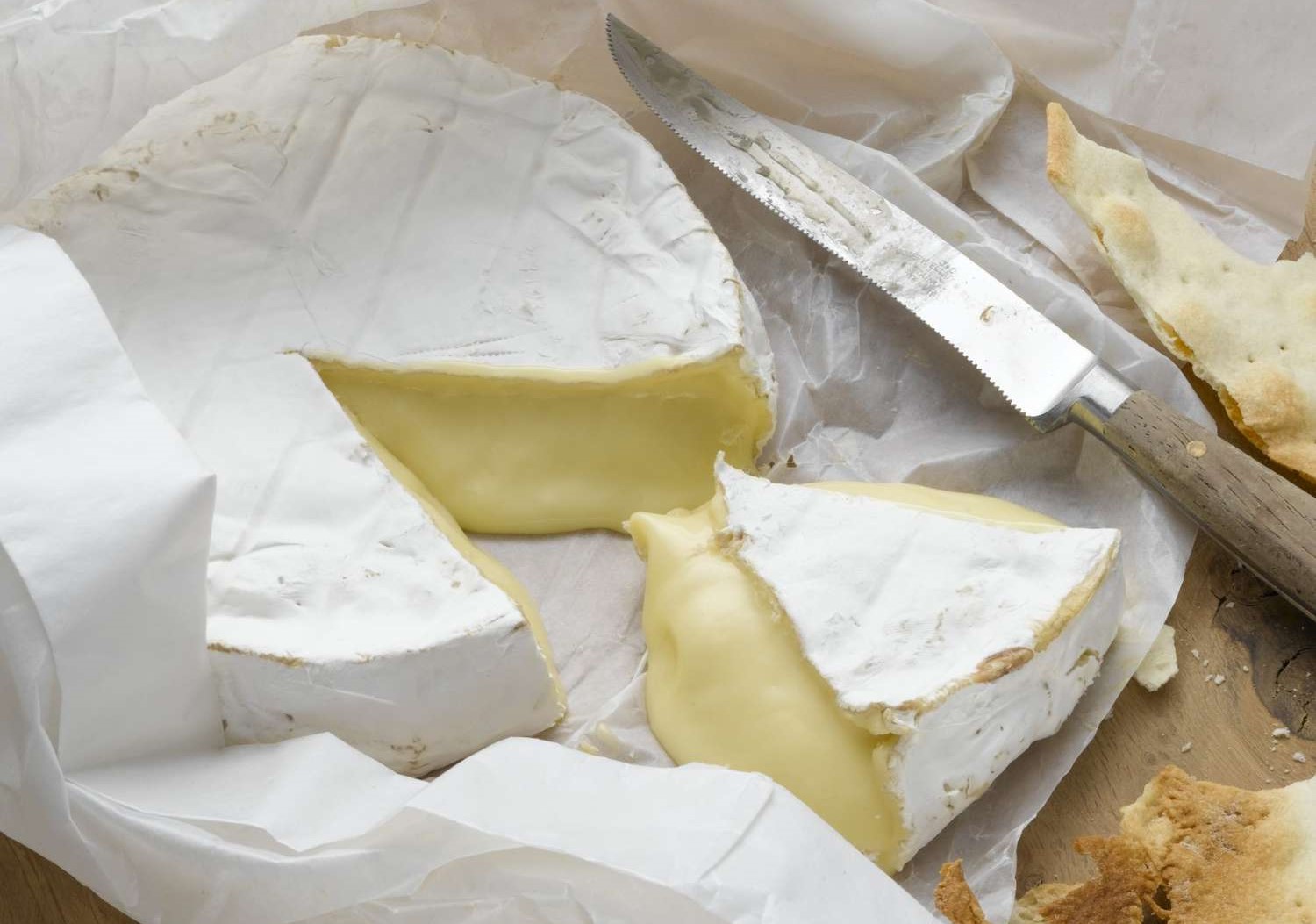

0 thoughts on “How To Store Cabbage Once Cut”